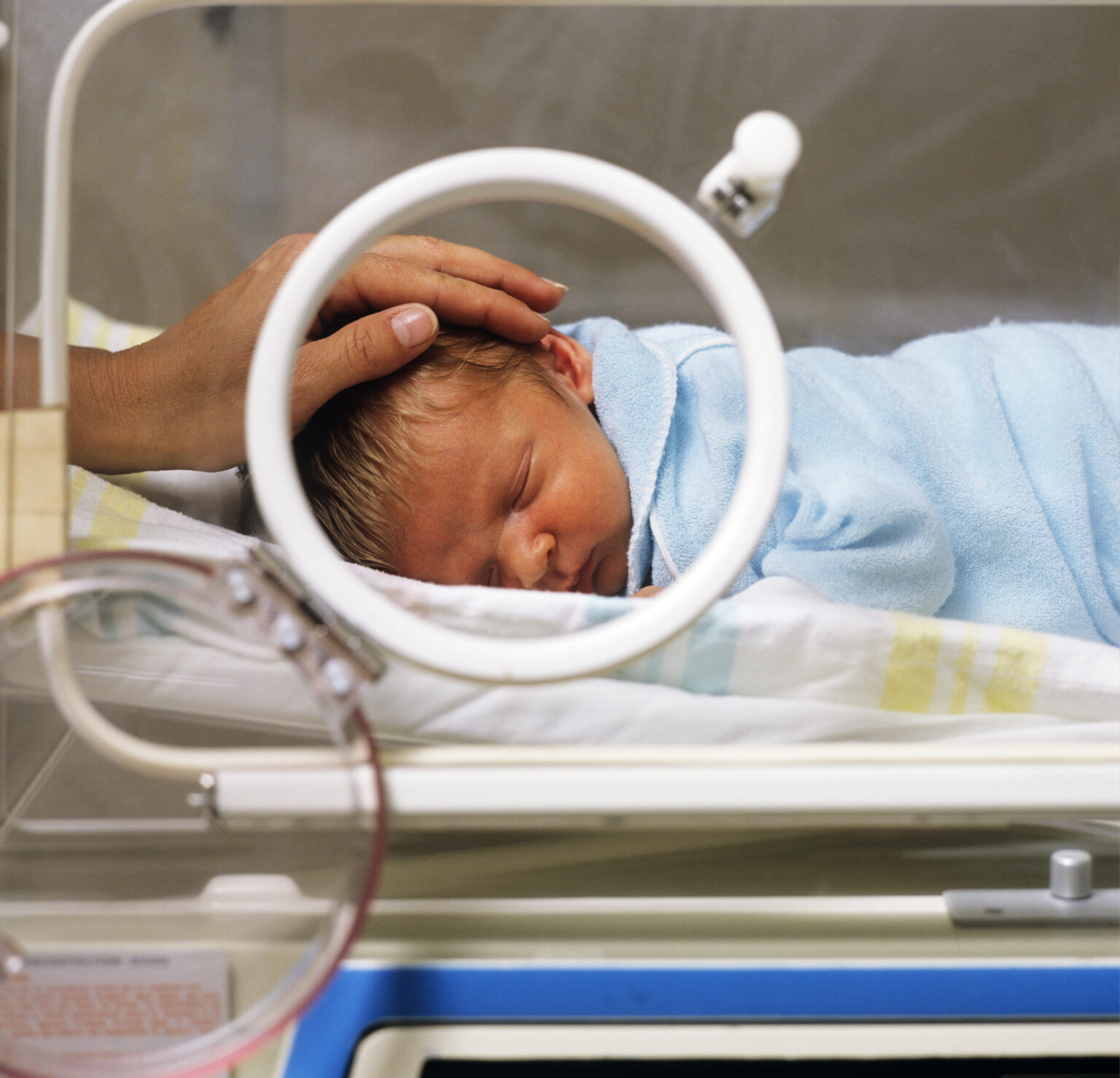While declining birth rates have taken center stage in public discourse, one contributing factor resurfaces time and time again: economics. Behind the statistical decline lies a sobering reality—becoming a parent in today’s America has never been more financially daunting.
With inflation chipping away at household budgets, the rising cost of living squeezing the middle class, and wages failing to keep pace with these challenges, many would-be parents are pausing to weigh the long-term financial implications of having children. For many, these economic pressures are proving decisive.
As policymakers grapple with ways to reverse declining birth rates, addressing the escalating costs of childbirth and family rearing has become not just a social issue but an economic imperative.
Declining Birthrate Factors
Earlier this year, the CDC issued a press release reporting that birth rates in the U.S. were at a record low in 2023.
A recent Pew Research Center survey reveals that many Americans believe financial incentives would be the most effective solutions to boosting the nation’s birth rate. Among the most popular proposals are free child care (61%), paid family leave (51%), tax credits for parents (49%), and monthly stipends for families (45%).
All of these solutions are helpful for those who have kids, but neglect another major expense and barrier of entry to parenthood at large: The astronomical costs of childbirth.
Breaking Down the Costs of Childbirth in the U.S.
The U.S. has one of the highest costs of childbirth in the world. Research by the FAIR Health estimates that the median out-of-network cost of giving birth naturally is a whopping $28,655, ranging from $19,164 (La.) to $38,427 (N.J).
That’s for people who are able to deliver naturally. The CDC reports that nearly a third of births in the U.S. are via C-section. For mothers that take this route, which changes the math—for the worse.
FAIR Health estimates that the national out-of-network median for C-section births is $36,653, with a state-dependent range of $22,021 (La.) to $52,591 (N.J.).
Of course, these figure reflect many without medical insurance or for one reason or another, gave birth at an out-of-network hospital. But the costs associated with childbirth are steep, even for those with insurance.
“Women who give birth incur nearly $19,000 in additional health costs and pay almost $3,000 more out-of-pocket than those who do not give birth,” says the Petersen KFF Heath System Tracker.
For those with quality health coverage, a $3,000 out-of-pocket expense may not seem prohibitive. However, a 2023 study by the Center for American Progress found that over 75% of Americans lack access to paid family leave through their employers. When paired with an average of 10–12 weeks of unpaid leave, that $3,000 burden becomes significantly more challenging.
Though the rate of uninsured women has declined from around 21% to just under 11% over the last decade, the highest concentration of uninsured women are in the 19–44 age cohort—commensurate with their key childbearing years.
Policy Solutions to Ease the Financial Burden
The financial burden of childbirth in the U.S. underscores a critical barrier to parenthood for many Americans, contributing to declining birth rates and reshaping family planning decisions.
As policymakers and stakeholders grapple with solutions to reverse these trends, addressing the escalating costs of childbirth must take center stage. Without systemic changes, the economic realities of starting a family may continue to deter the next generation of parents.
Related: Childcare Costs Surge, Pushing Parents to Rethink Work and Finances
This article is for informational purposes only and does not constitute financial advice. The views and opinions expressed are those of the author and do not represent recommendations for any specific financial actions. Neither author nor Fiscal Report receive a commission through links in this content.


